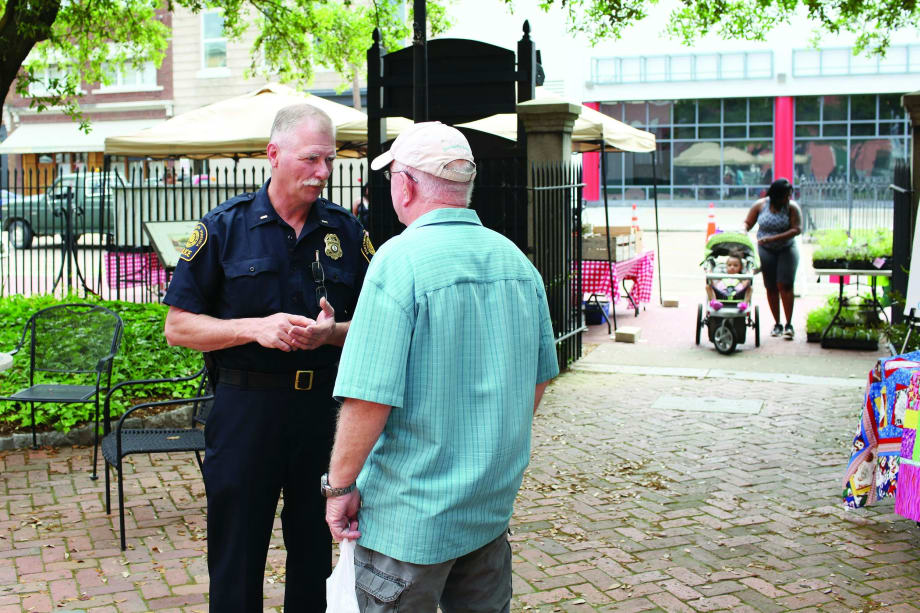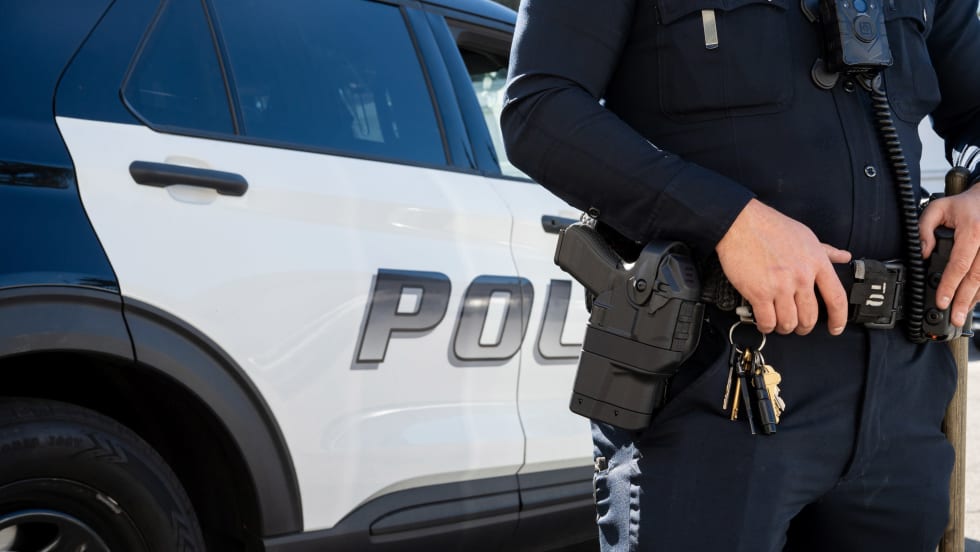I recently had a conversation with a friend, former colleague, and police officer about the important concept of slowing down in police work. We discussed the lost art of taking valuable time to assess a situation when responding to dispatched calls. During our conversation, my friend described a personal experience he had that I am going to share in hopes of persuading you that time is sometimes on your side. So don't be in such a rush or you may cause an already tense situation to become even more dangerous.
My friend was dispatched to a call of a subject in the middle of a busy roadway. The man was not clothed, impeding traffic, and possibly under the influence or suffering from a mental illness. En route to the call he heard over the radio that a mental health professional, who works in tandem with law enforcement, was also being dispatched to the call in case his services could be used rather than jail or a hospital bed.











